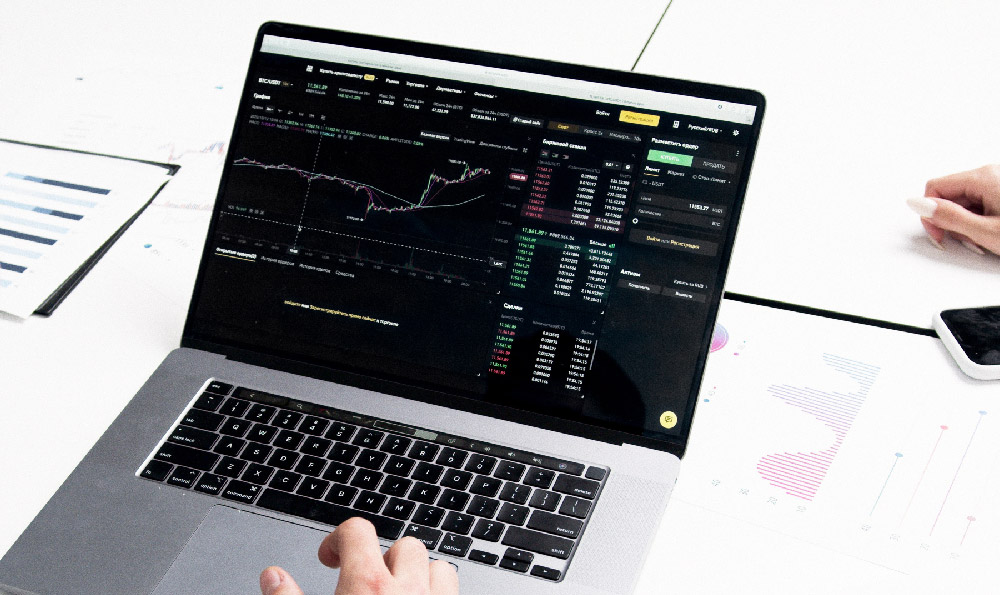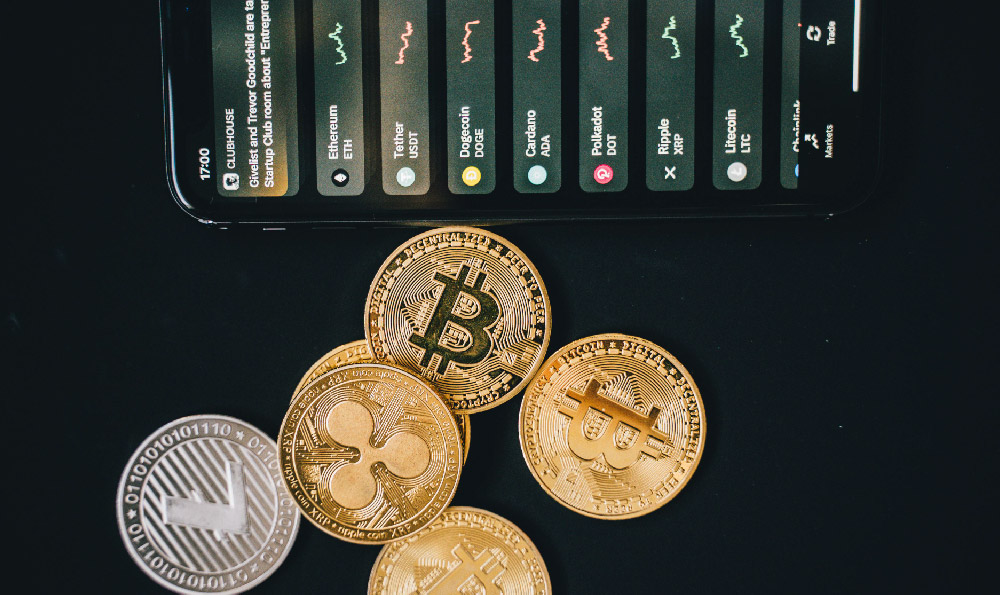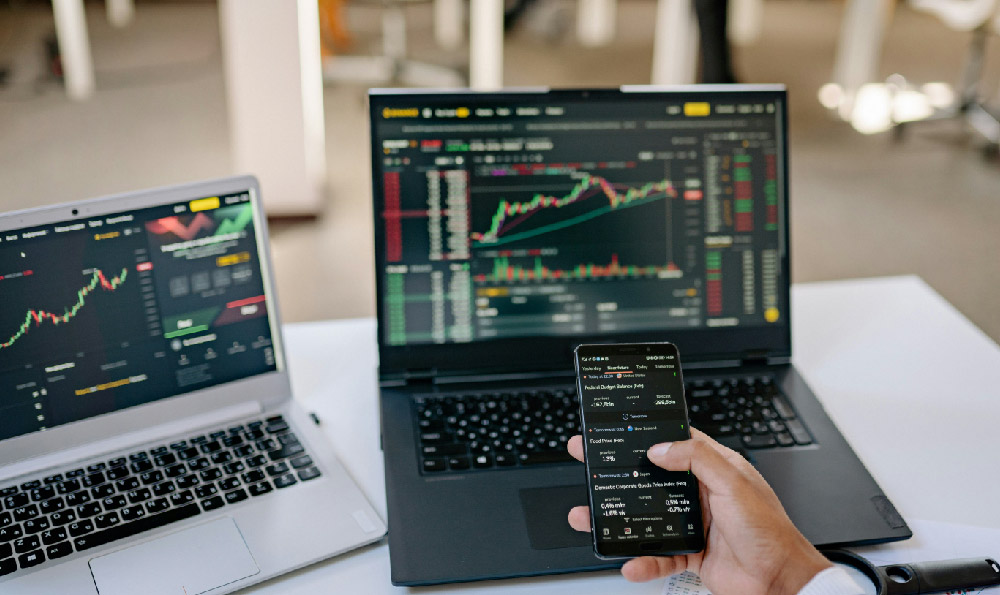How much can you earn from a vending machine? What are the profits?
Vending machines, often seen as mundane fixtures of everyday life, hold a surprising potential for generating income. The profitability of a vending machine business isn't a simple equation, however, depending on a multitude of factors ranging from location to product selection and operational efficiency. Let’s delve into the potential earnings and profits associated with these automated retail units.
Gross Revenue: The Top Line
The starting point for any financial analysis is understanding the gross revenue. This refers to the total income generated by the vending machine before any expenses are deducted. Several elements influence this initial figure:

-
Location, Location, Location: This is arguably the most crucial determinant of revenue. A vending machine placed in a high-traffic area like a busy office building, a university campus, a transportation hub (airport, train station), or a hospital is likely to generate significantly more revenue than one situated in a low-traffic or remote location. The demographics of the location also matter; a vending machine stocked with healthy snacks and drinks will likely perform better in a gym or wellness center than one filled with sugary sodas and candy.
-
Product Mix: The assortment of products offered plays a vital role. A well-curated selection catering to the specific needs and preferences of the target audience is key. This requires market research and ongoing monitoring of sales data. Common product categories include:
- Snacks: Candy bars, chips, cookies, pastries.
- Beverages: Sodas, juices, water, energy drinks, coffee, tea.
- Healthy Options: Granola bars, nuts, dried fruit, protein bars, yogurt.
- Specialty Items: Sandwiches, salads, personal care products, electronics accessories.
-
Pricing Strategy: Finding the right balance between profitability and customer appeal is crucial. Prices must be competitive with other nearby options while also allowing for a reasonable profit margin. Regularly analyzing pricing strategies employed by competitors and adjusting prices accordingly can optimize revenue.
-
Machine Type and Features: Modern vending machines offer features like cashless payment options (credit cards, mobile payments), touch screen displays, and energy efficiency, which can contribute to increased sales and customer satisfaction. A visually appealing and well-maintained machine can also attract more customers.
The Cost of Doing Business: Subtracting Expenses
Gross revenue paints only a partial picture. To determine the true profitability of a vending machine, it’s essential to deduct all associated expenses. These expenses can be categorized as follows:
-
Cost of Goods Sold (COGS): This is the direct cost of the products sold through the vending machine. Sourcing products from reputable suppliers at competitive prices is essential for maximizing profit margins. Bulk buying and negotiating discounts can significantly reduce COGS.
-
Machine Purchase or Lease Costs: The initial investment in a vending machine can be substantial, whether you choose to purchase it outright or lease it. Purchasing requires a significant upfront investment but offers long-term ownership. Leasing involves recurring monthly payments but eliminates the initial capital outlay and often includes maintenance and repair services.
-
Location Rental Fees: In most cases, you will need to pay a rental fee to the property owner for the space occupied by the vending machine. Rental fees vary widely depending on the location, the size of the vending machine, and the negotiation skills of the operator.
-
Electricity Costs: Vending machines consume electricity to operate, especially those with refrigeration units. Energy-efficient machines can help minimize electricity costs.
-
Maintenance and Repair Costs: Regular maintenance is essential to keep the vending machine in good working order and prevent costly breakdowns. This includes cleaning, restocking, and repairing malfunctioning components. A service contract with a vending machine repair company can provide peace of mind and predictable maintenance costs.
-
Restocking and Transportation Costs: The time and effort required to restock the vending machine, as well as the transportation costs involved in getting products to the location, should be factored into the expense calculations. Optimizing restocking schedules and using efficient transportation methods can help reduce these costs.
-
Insurance: Vending machine operators typically need to carry insurance to protect against liability, theft, and damage to the machine.
-
Payment Processing Fees: If the vending machine accepts credit card or mobile payments, payment processing fees will be incurred for each transaction.
Net Profit: The Bottom Line
After subtracting all expenses from gross revenue, the result is the net profit – the actual profit earned from the vending machine. This is the ultimate measure of the business's financial success.
Estimating Potential Earnings: A Hypothetical Example
Let's illustrate with a simplified example:
- Location: Medium-traffic office building.
- Machine: Snack and beverage vending machine.
- Gross Monthly Revenue: $1,000.
- COGS: $400.
- Location Rental Fee: $150.
- Electricity Cost: $50.
- Maintenance & Repair: $50.
- Restocking & Transportation: $50.
- Payment Processing Fees: $20
- Total Monthly Expenses: $720.
- Net Monthly Profit: $1,000 - $720 = $280.
- Annual Profit: $280 * 12 = $3,360
This is a simplified example. In reality, earnings can fluctuate significantly based on the factors discussed earlier. Some vending machines can generate thousands of dollars in profit per month, while others may barely break even.
Strategies for Maximizing Profitability
-
Optimize Location Selection: Thoroughly research potential locations and choose those with high traffic, a relevant demographic, and limited competition.
-
Cater to Local Preferences: Conduct surveys and gather feedback from customers to identify their preferred products and adjust the product mix accordingly.
-
Negotiate Favorable Rental Agreements: Shop around for the best rental rates and negotiate favorable terms with property owners.
-
Implement Efficient Inventory Management: Track sales data and optimize restocking schedules to minimize waste and maximize product availability.
-
Promote the Vending Machine: Use signage, advertising, and promotions to attract customers and increase sales.
-
Embrace Technology: Utilize modern vending machines with advanced features like cashless payment options, remote monitoring, and data analytics.
-
Provide Excellent Customer Service: Respond promptly to customer inquiries and address any issues quickly and efficiently.
Conclusion
The profitability of a vending machine business hinges on a complex interplay of factors. While potential earnings can be substantial, success requires careful planning, diligent execution, and a keen understanding of the market. By focusing on optimizing location, product selection, pricing, and operational efficiency, entrepreneurs can increase their chances of building a thriving and profitable vending machine business. It's crucial to conduct thorough research, develop a solid business plan, and continuously monitor performance to adapt to changing market conditions.















